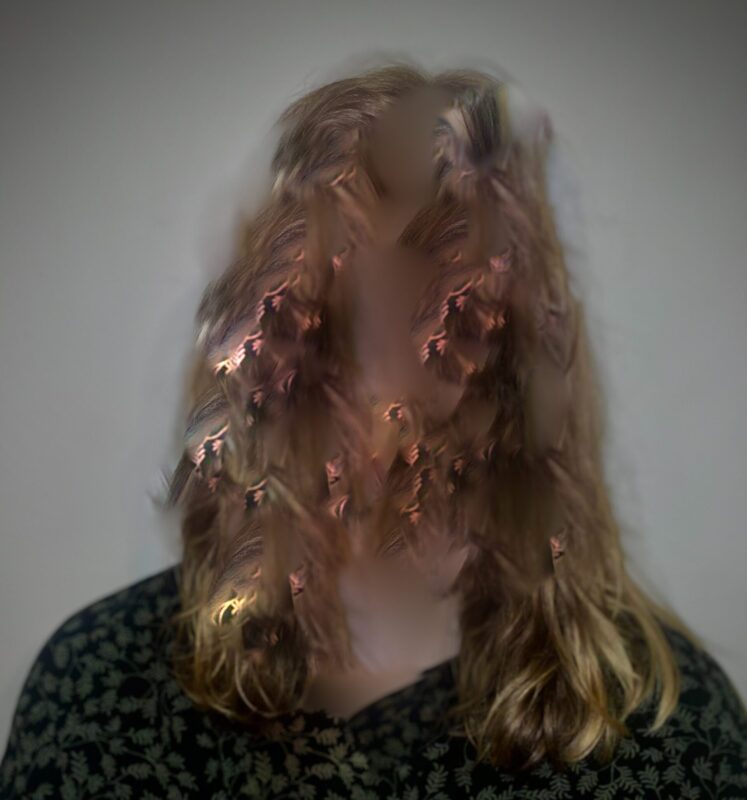
I became aware of Jonathan Harvey’s Nataraja (1983), for flute/piccolo and piano, during my doctoral studies, which focussed on ‘theatrical’ piano repertoire, that is, solo piano music that requires the pianist to sing, vocalise, recite text, exaggerate certain physical gestures, and even dance.
The piece is a representation of the whirling dancing four-armed Hindu god Shiva, dancing his luminous cosmic dance of creation and destruction, reflected in the music by alternating periods of calm and tumult.
Nataraja is a quintessential example of some of the elements that excite me in my exploration and performance of contemporary music: innovative use of my instrument towards expressive ends, through techniques such as forearm clusters and clearly notated use of pedals; extra-musical sounds, in this case, notated tongue clicks, described in his opening remarks [first seen on pages 3 and 4 of the score - in the piano part, notated as a dot with a circle around it]; space for interpretation e.g. on page 1 the piccolo and the piano accelerate independently, unsynchronized, each interpreting the instructions ‘erratic, fantastic’ in their own way. One remarkable feature of the piece is how rarely the left hand plays in the low register of the instrument; each time it occurs is a real event!
In his book MUSIC AND INSPIRATION, Harvey writes that his inspiration for Nataraja was the haunting melodic contour of Vedic chant, which he listened to repetitively during meditation; listening, he says, when he was in a particularly receptive state of mind. Nataraja displays Harvey’s technical skills as a composer combined with a rare spiritual depth and beauty.



